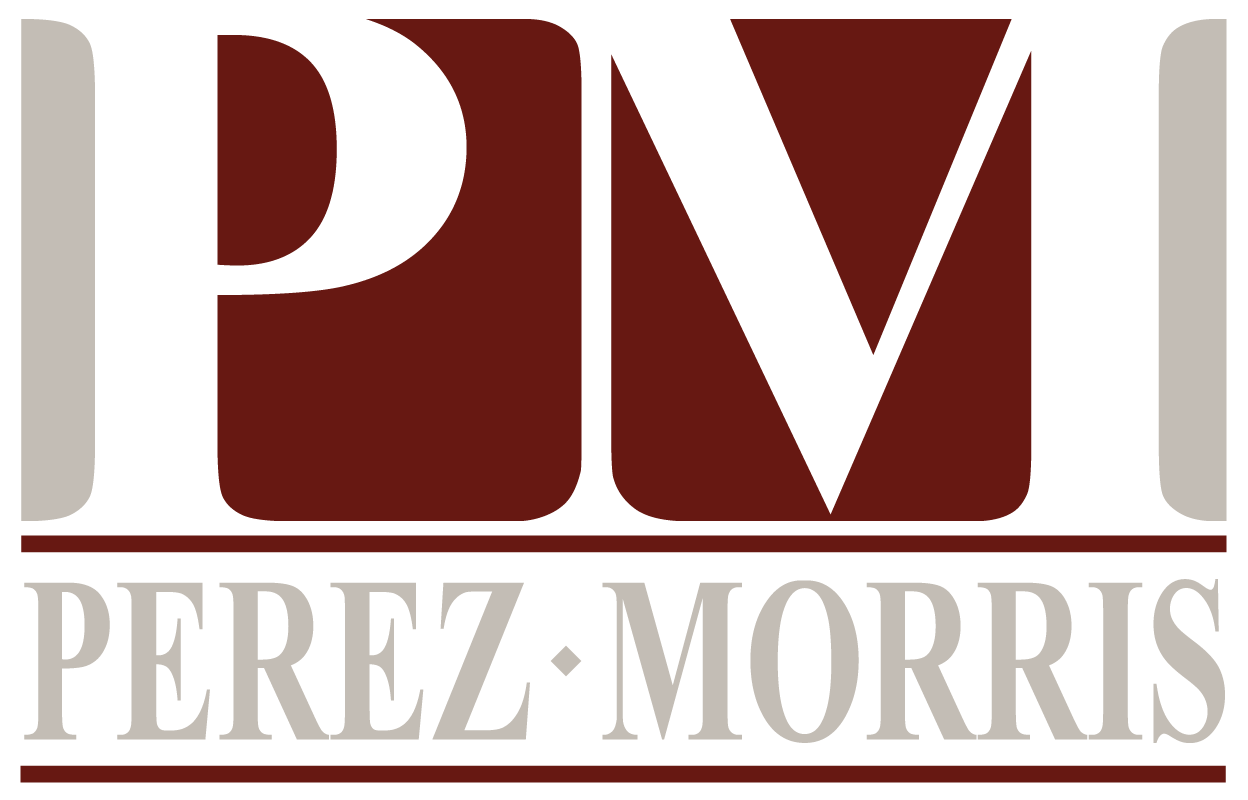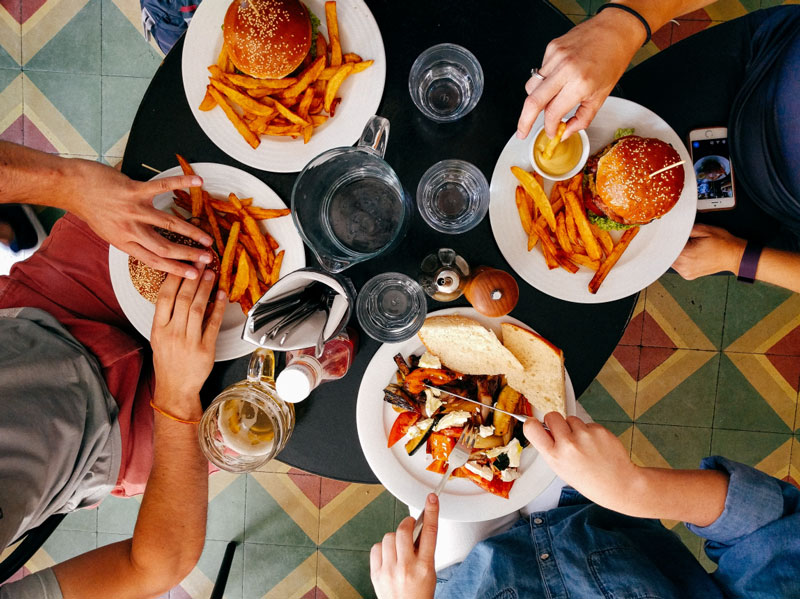“Now, ya’ll would guess that more often than not, the highest paid player on an NFL team is the quarterback. And you’d be right. But what you probably don’t know is that more often than not, the second highest paid player is, thanks to Lawrence Taylor, a left tackle. Because, as every housewife knows, the first check you write is for the mortgage, but the second is for the insurance. The left tackle’s job is to protect the quarterback from what he can’t see comin’. To protest his blind side” – Leigh Anne Tuohy
There is not a restaurant, chef, or restaurateur in the world that looks forward to “the call”. You know the one. The “call” is the first notice a restaurant receives from a customer that the customer became ill after eating at the restaurant. It is imperative that every restaurant have a policy, a protocol in place to ensure that their blind side is covered.

Do’s & Don’ts of Food Claim Handling
DO have a plan in place before you need it
Every restaurant should have a policy in place for receiving any such calls. For example, any customer who calls to complain about an illness or some other issue with food (i.e. an undesirable foreign object found in the food) should be directed to a store manager or someone else who has been trained and advised on how to handle customer complaints.
DON’T Apologize
Regardless, whoever first answers the call should not apologize to the customer.
DO Ask Follow Up Questions
While it is human nature to say “I’m sorry” or “sorry to hear that” when someone explains they are not feeling well or upset, that simple phrase has been used by plaintiffs who claim the apology is an admission of guilt. The better option is to say something neutral and to start interviewing the customer to get as much information as possible. One option is to respond, “Oh no! We have not received any other complaints from customers, do you mind if I ask you a few questions?”
DON’T Volunteer Information
It is also to be noted that the restaurant employee handling the initial claim SHOULD NOT volunteer any information. Even if the restaurant may have received another call where a customer was reporting an illness, such information should not be shared with any other customer. At this stage, it is simply too early to know whether there is an issue at the restaurant or if there is any commonality between the two customers. Telling a customer that other customers have complained as well will only give the impression there is a larger issue at the restaurant when, in reality, any similar complaints may be completely unrelated. Again, the discussion with the customer should focus solely on that customer and getting as much information as possible.
DO ask the following fact-finding questions.
What did you eat?
Although an obvious question, be sure to ask about everything the customer ate (i.e. appetizer, main course, sides, desserts, drinks). If other customers do complain, you will want to have a list of all foods ingested by each complaining customer to determine if there is a common food or ingredient that may have caused the illness.
When did you eat at the restaurant?
The time between when the customer ate at the restaurant and when symptoms started is important in determining whether the illness could be related to food consumed at the restaurant. Some symptoms take several hours to first appear after eating contaminated food. If the customer was just at the restaurant a half hour before calling, it is unlikely eating something at that restaurant caused the customer’s illness.
What else did you eat the day you became ill?
This goes hand-in-hand with the timing issue discussed above. If the customer had another meal a few hours before eating at the restaurant, that meal could be the cause of the illness. Thus, it is important to know when and what the customer ate the same day he or she ate at the restaurant.
What symptoms are you having and when did they start?
This information will help evaluate the customer’s claims. As stated above, some symptoms may take hours after eating to develop. Thus, even if the symptoms are the type normally associated with a food-borne illness, the timing of the symptoms may exclude the food consumed at the restaurant as a cause.
Anyone else in the customer’s party with symptoms or without symptoms?
you will want to know whether the customer ate with anyone else and whether anyone else in the customer’s party is experiencing similar issues. This is especially important if the other member of the party consumed the same food as the complaining customer. Also instructive is whether other members of the customer’s party did consume the same food but did not experience any symptoms. This will help rule out the food as the cause of the customer’s illness.
Was medical treatment sought?
The restaurant should also ask the customer whether he or she sought medical treatment and, if so, whether a diagnosis was received. If medical treatment was sought, be sure to ask what type of treatment, if any, was prescribed.
Was medical treatment sought?
If the customer’s order was a carryout order, you should ask whether the customer still has the food.
We usually work with expert consultants and toxicologists to secure and test any food that was consumed by the complaining customer to test for any contaminants.
In the case of a foreign object, the consultant can also test to determine what the foreign object is and, in some cases, determine when the foreign object was introduced into the food.
If the customer still has the food, or if it is at the restaurant, efforts should be made to have the evidence preserved.
Every restaurant should have guidelines in place for the safe handling of any evidence to be preserved. Before ending the conversation with the customer, be sure to take down all contact information.
DO follow up with the customer the following day
Let the customer know a thorough investigation will be conducted. It is also a good idea to follow up with the customer after a day or so to see how the customer is feeling. By doing so, the gesture will let the customer know the restaurant cares about its customers and takes reports seriously. It must be noted that while a restaurant cannot prevent a customer from pursuing a formal complaint, having the information described above will put the restaurant in a position to mount a strong defense against any questionable or meritless claims

